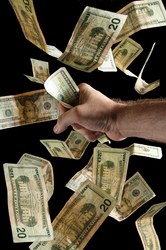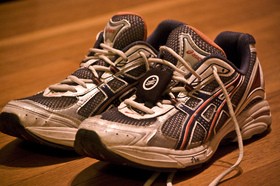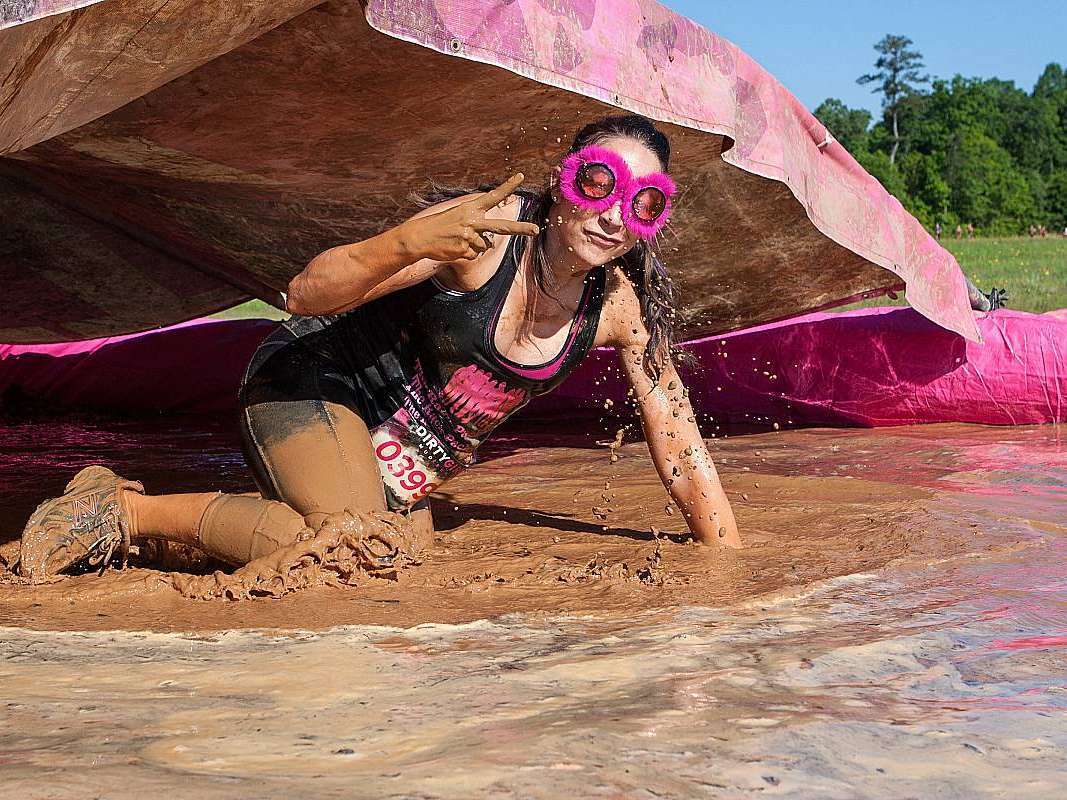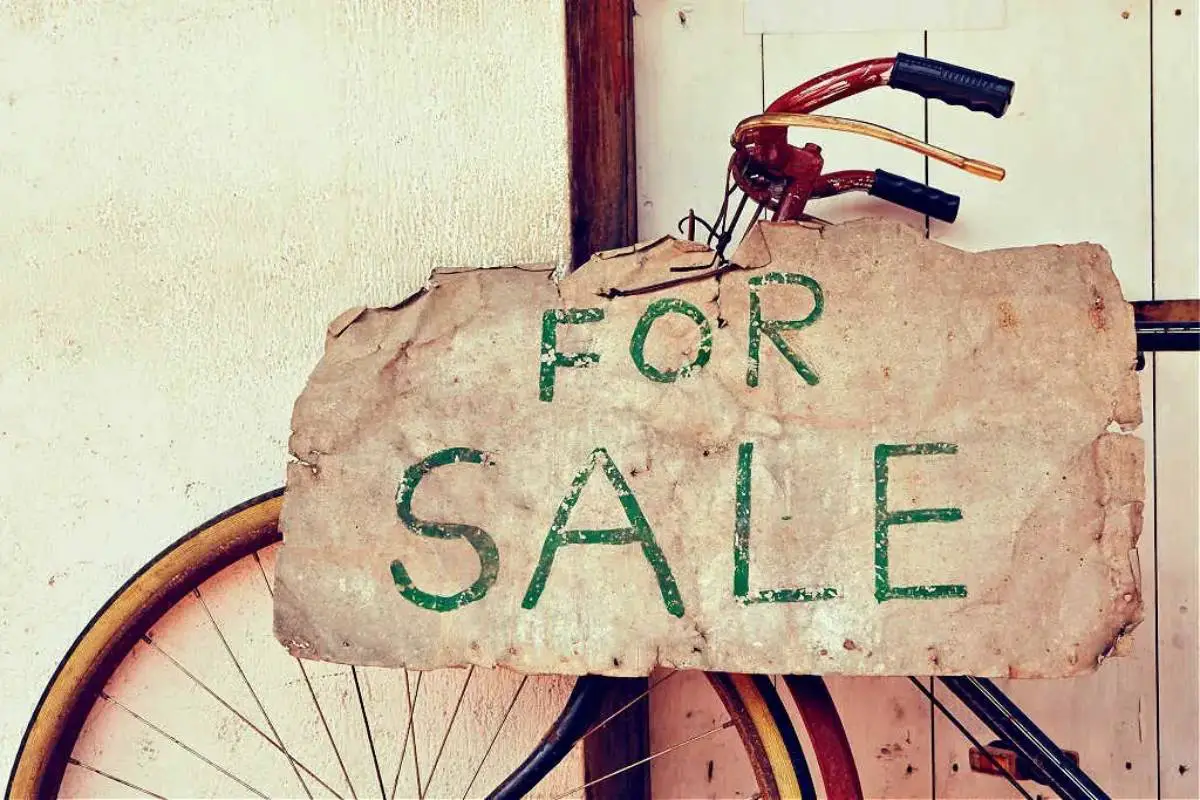 How can you reduce the money you spend as a triathlete?
How can you reduce the money you spend as a triathlete?
If you will adopt the following mentality, you can significantly lower the financial expense of training and competing in triathlons.
I’ve learned firsthand that these are some simple ways to save big bucks on gear, equipment, events, and other things that triathletes typically spend a lot of money on.
Some triathletes spend far less money than others because they…
#1 – Shop around.
I realize this seems obvious, but I recently had an experience that drove this point home.
I was at the Opry Mills Mall in Nashville and went into Sun & Ski Sports to look around. I was out of Cytomax, and a 24 oz. container near the checkout line caught my attention. It was $24.99.
I knew there was also a GNC store in the mall, so I decided to wait and go see if they had Cytomax. They did; the 24 oz. size was $21.99 ($3 less than Sun & Ski).
While in GNC, my wife Pam said there was also a Vitamin World store in the mall and wondered if they might have Cytomax. They did; theirs was $17.99 ($7.00 less than Sun & Ski!). I bought it.
When I got home, I checked the Internet and found the same Cytomax product for $11.85. It costs an additional $4.99 for shipping, bringing the total to $16.84.
Simply taking a little time to compare prices could save you $8.15 on just one can of Cytomax — that’s saving $24.45 on 3 tubs or $48.90 on 6 tubs. It adds up fast as money in your pocket to use on something else!
It’s always a good idea to explore tri gear pricing on the Internet; you can find some great prices on a variety of items.
Ebay and Amazon are a couple sites worth exploring to find good prices on tri gear. Other online stores have sales and close-outs where you can save some money.
#2 – Purchase last year’s style or model.
 I recently went to Dicks Sporting Goods because I had a coupon. I was looking to buy the Asics GT 2140, the most recent Asics running shoe. They sold for $99.99 but they didn’t have my size. The store clerk explained that they had just received their first small shipment of the shoe, but another larger shipment was on the way.
I recently went to Dicks Sporting Goods because I had a coupon. I was looking to buy the Asics GT 2140, the most recent Asics running shoe. They sold for $99.99 but they didn’t have my size. The store clerk explained that they had just received their first small shipment of the shoe, but another larger shipment was on the way.
I kept browsing and noticed that the GT 2130 (last year’s model) was marked down to $49.99! When I asked about the price, he said they had to make room for the new styles coming in. So basically, by going with last year’s shoe I saved $50 (actually more with my coupon).
Do you think the advantage of the shoe technology in the GT 2140 is worth paying an additional $50? Be one year behind the latest and greatest and you can save big bucks almost every time.
This idea also applies to more significant triathlon gear items. For example, do you really need to purchase a brand new or latest model triathlon bike? Your bike will likely be your biggest single cost. Buying last year’s model, as opposed to the new season’s model, can be up to a third cheaper.
Also consider looking for second-hand or used triathlon bike bargains as experienced racers upgrade to a new bike in the pre-season.
#3 – Don’t buy unnecessary stuff.
For example, there’s really no reason to ever purchase a swim cap. Every time you do a triathlon you are going to get one. I’m still using the swim cap I got from a triathlon long ago.
Speaking of swim gear, if you are a member of a YMCA or fitness club with a pool, chances are they have equipment like fins, kickboards, and pull-buoys; therefore, you don’t have to purchase them.
A little imagination can also go a long way in reducing the number of training aids you purchase. Rather than buying a kickboard and pull-buoy for the pool, just use an empty and sealed 2-liter plastic water bottle instead.
Also, be sure to utilize the items in your goodie bag from each triathlon event. Take advantage of those tiny tubes of anti-chaffing cream, sports nutrition products, and other giveaway items that accumulate throughout the season.
This point also relates once again to the bike issue. Let’s say you currently have a road bike and you have made the decision to do triathlons. Maybe someone told you it would be best to purchase a triathlon-specific bike. Be aware that you can add aerobars and aero wheels, and make position adjustments to your road bike that will make it perfectly suitable for doing triathlons. Convert your road bike into a tri bike instead.
Sure, it would be nice to have one of those pricey satellite-navigation devices like a Garmin, but you could also use free online tools like the Gmap Pedometer to plan and measure your training runs and rides.
We all know there’s a difference between “wants” and “needs.” Triathletes who keep their costs down are acutely aware of this difference.
#4 – Choose races that fit your budget.
 Say you want to do an Ironman and you live in Tennessee. The high-profile and hoopla Ironman is Kona. Do you drop the big bucks to go to Hawaii (or some other exotic location), or do you sign up for the Louisville or Florida Ironman?
Say you want to do an Ironman and you live in Tennessee. The high-profile and hoopla Ironman is Kona. Do you drop the big bucks to go to Hawaii (or some other exotic location), or do you sign up for the Louisville or Florida Ironman?
Whether it’s through the lava fields of Kona or the hills of Kentucky, it’s the same distance. But the money difference between Hawaii and the others is huge!
The big, high-profile races generally offer magnificent scenery, an impressive participant list, and big kudos for all those who complete them. But because of the organization and infrastructure required for such an event (road closures, mass stewarding, overnight bike storage), they’re also more expensive to enter.
If you’re a tri newbie just looking for low-key fun and friendliness, choose a small-scale local event. You can keep the cost of your triathlon events down by taking advantage of early-registration price breaks and choosing events that are local or regional.
For a complete listing of triathlon events, visit trifind.com.
More Ways To Save Money As A Triathlete
- Buy an ex-rental wetsuit from a tri shop.
- Take advantage of free Internet resources (sites, articles, videos, etc) for triathlon training and racing advice.
- Make your own sports drinks and recovery nutrition.
 For hydration and energy during training and racing, mix a third of orange juice with two-thirds water, add a pinch of salt and shake well.
For hydration and energy during training and racing, mix a third of orange juice with two-thirds water, add a pinch of salt and shake well.
 For post-training and post-race, make a milkshake with 1% milk and chocolate powder or syrup.
For post-training and post-race, make a milkshake with 1% milk and chocolate powder or syrup. For long training rides or races, bake your own low-fat, healthy flapjacks using oats, sultanas, apricots and honey.
For long training rides or races, bake your own low-fat, healthy flapjacks using oats, sultanas, apricots and honey.
I’m over 40 years old, but I don’t give up easily. It wasn’t too long ago that I was exploring the idea of doing my first triathlon. If I can do it, you can too! I'm proof that with a little determination and training, you can get a great deal of fulfillment participating in marathons, triathlons… even ultramarathons.




